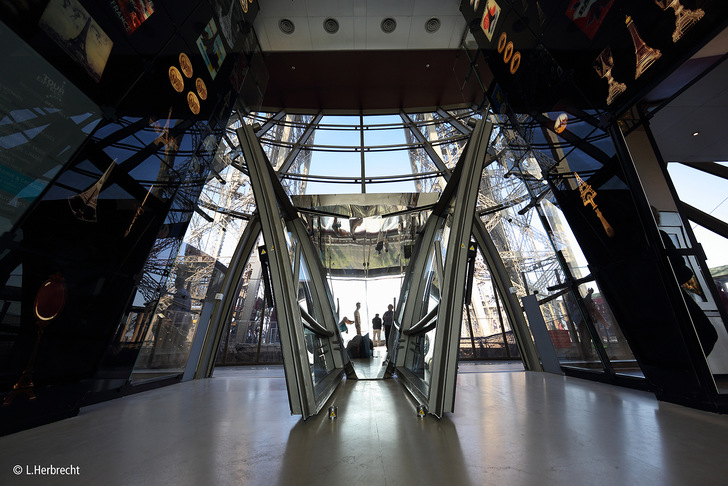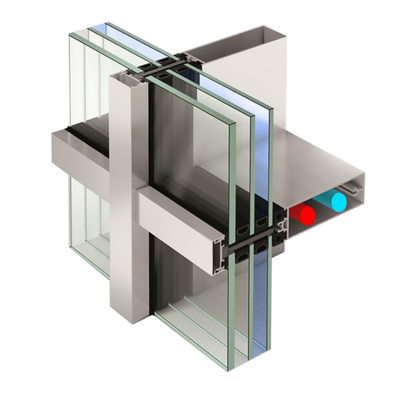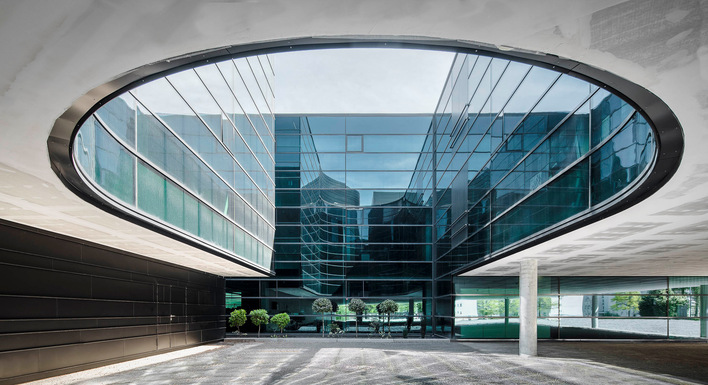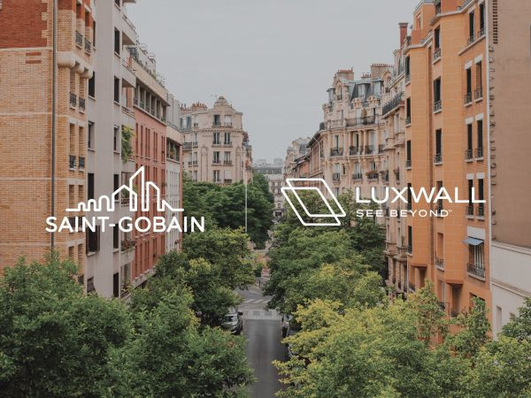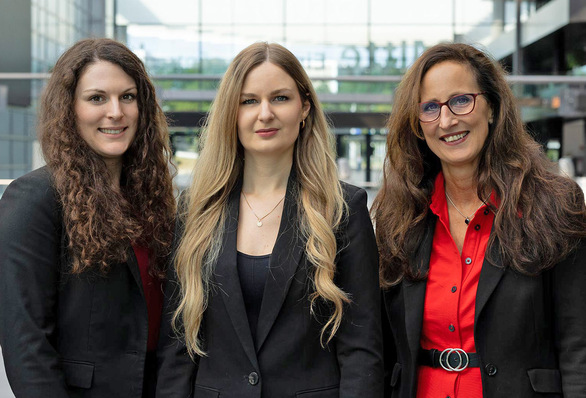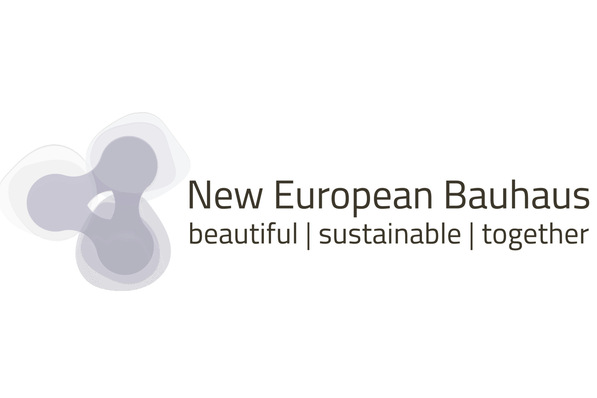The relinquishment of the right angle means that glass elements in organic buildings are exclusively installed as unique items. Thousands of individual insulating glass units for a single building are only feasible using flexible spacers for several reasons.
More than 20 years have passed since the CAD software CATIA was used for a prestigious building for the first time in the design of the titanium outer skin for the Guggenheim Museum in Bilbao. This software, which was originally developed for the aircraft construction sector, is now also irreplaceable in the glass architecture field. “One can justifiably claim that complex buildings such as Zaha Hadid's "The Opus" or even the "Museum of the Future" in Dubai, could not have been realised without digital planning tools", explains Johannes von Wenserski, authorised signatory at Edgetech Europe GmbH. The company based in Heinsberg is therefore particularly proud of the fact it is the first choice for such projects.
Glass facades with double bends on the Eiffel Tower
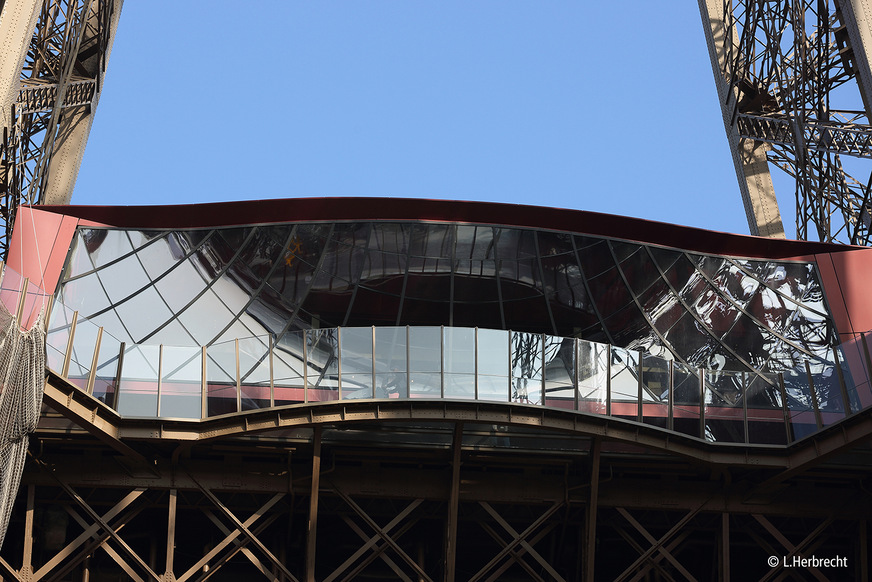
L.Herbrecht
The graduate mathematician Zaha Hadid knew what type of burdens she could subject her designs too. Other architects are increasingly using the help of mathematicians to realise complex shapes. The relatively recent discipline of architectural geometry also played a role in the last renovation of the Eiffel Tower, that was completed in 2014. One of the key requirements placed upon the first of three viewing platforms to be redesigned at a height of 57,6m was to make it more attractive to visitors. The design provided by the Paris office Moatti-Riviére emerged as the winner of an architecture competition.
The Gustave Eiffel Pavilion and the Ferrié Pavilion complete with a museum as well as an information and service area were each reconstructed between two pillars. In the case of the already existing 58 Tour Eiffel restaurant the glass facade was brought in line with those present in the other two pavilions.
Double-kinked glass facades
Glass surfaces facing inside and outside, a 130m2 glass floor, which opens up a view of the Champ-de-Mars below and a 2,5m high, surrounding glass balustrade, are not recommended for people who suffer from severe vertigo, but delight all other visitors while offering the greatest possible transparency in all directions. The double-kinked glass facades of the pavilions follow the angle of inclination of the pillars of 17 degrees.
Related article: Germany‘s highest residential tower is in Frankfurt!
Naturally, a glass facade that is 8m high and more than 20m wide, concave and convex, cannot be manufactured in one piece. For the modelling of the individual panels, the free-form surface had to be dissected into individual, non-plane surface sections according to the principle of discretisation, which naturally may not reveal any measurable deviations at the connecting lines.
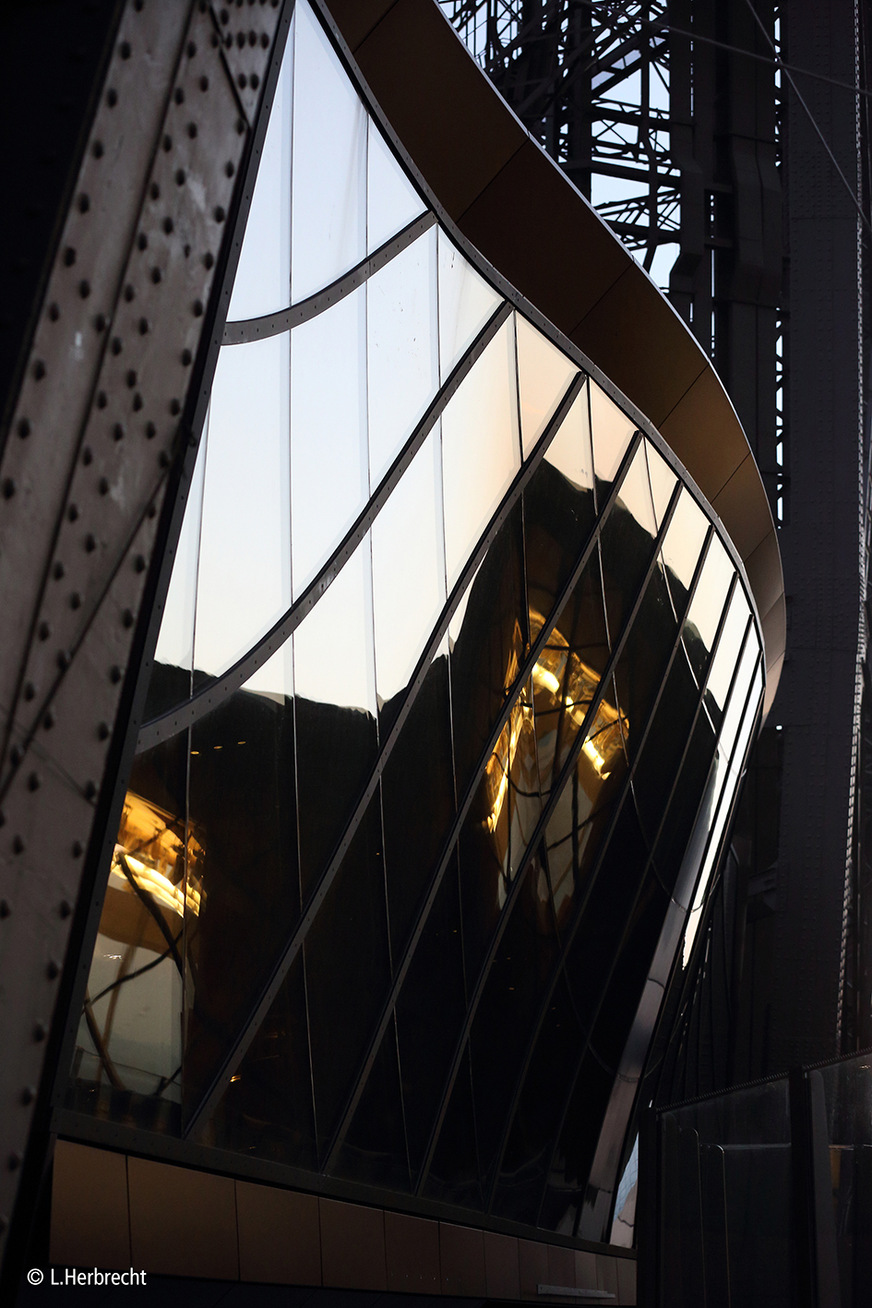
L.Herbrecht
Doubly kinked glass elements were ruled out on grounds of cost, and the façade planners RFR Paris thus got the team of Evolute GmbH headed by Professor Helmut Pottmann. Optimisation of the calculation algorithms was ultimately a "mosaic" of simply cylindrically bent, rectangular glass elements that could be produced economically on state-of-the-art glass bending machines.
Doubly bent glass facades on the Eiffel Tower
In order to meet the energy requirements, the Strasbourg-based façade builder, HEFI, opted for insulating glass elements made of bent quality glass from the Italian glass bending specialist Sunglass s.r.l. using Super Spacer TriSeal Premium Plus as the spacer. In order to ensure that the façades withstand the prevailing wind conditions on the Eiffel Tower, the impacts of different climate loads on the edge seal and the panes were simulated using the finite element method, and the fit of the panes was inspected using a 3D scanner following installation.
This article will also interest you:
Hueck Lambda DS 075 Eco makes processing easier and saves money
"A flexible spacer adapts to any bend in the glass," explains Christoph Rubel, technical expert at Edgetech Europe GmbH. "It reduces the stresses in the edge of the glass pane caused by temperature and barometric changes. As a result, a higher level of durability and gas-tightness is achieved than with edge-mounted systems using rigid spacers."







